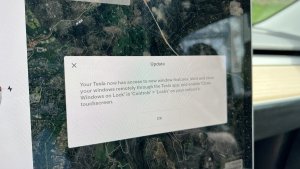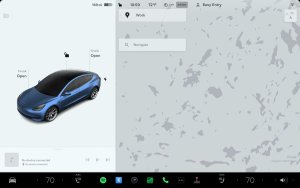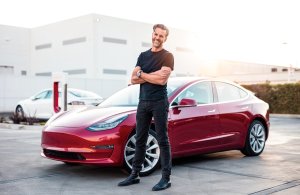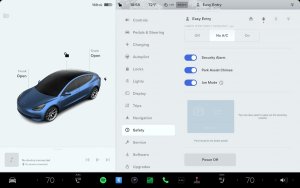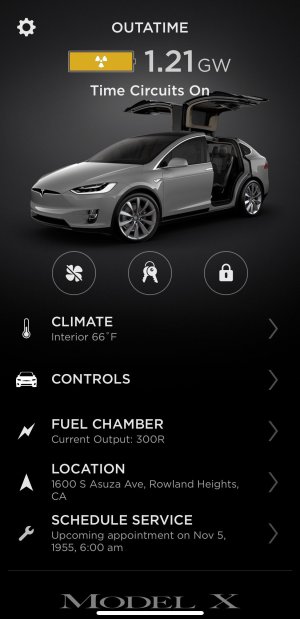Tesla Shares Robotaxi Details: 10-20 Cars at Launch, Vehicle UI and App Teased
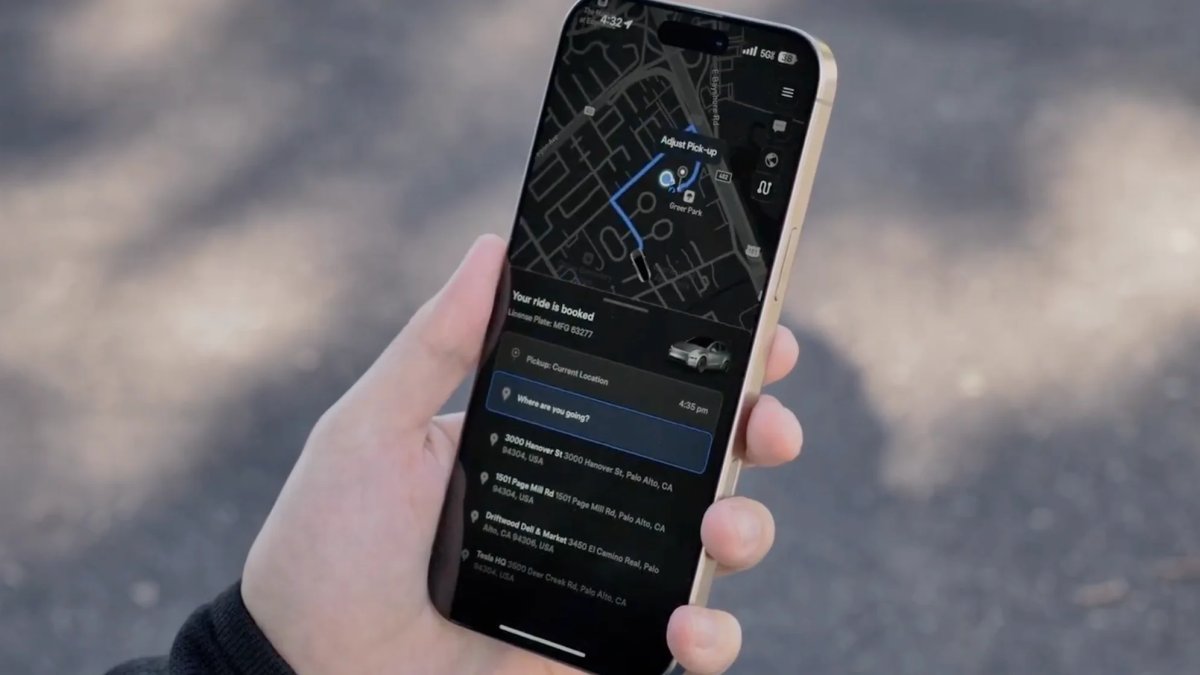
Tesla’s long-awaited ambitions for a fully autonomous Robotaxi network powered by the futuristic, control-less Cybercab have finally started to take shape.
During their Q1 2025 earnings call, Tesla shared new details about its Robotaxi network, including that the network will start with new Model Ys. The Cybercab will join the network in 2026.
Robotaxi Plans
Tesla confirmed during the Earnings Call that it is on track to conduct the pilot launch of its Robotaxi network in Austin in June 2025. The first vehicles deployed for this service won’t be Cybercabs, as production for those is still in the prototyping stage.
However, Tesla did outline part of their plan for the Robotaxi network rollout. The initial aim is to begin driverless operations in Austin and then expand the service to other cities within the United States by the end of 2025. Interestingly, Tesla is also testing in California - albeit with safety drivers at this time.

Looking further ahead, there are ambitious plans to ramp up operations to have millions of vehicles operating autonomously within the network by the end of 2026. While substantial revenue generation won’t be immediate, Tesla anticipates that the Robotaxi network will start to “meaningfully move the financial needle” in the second half of 2026.
Tesla also highlighted the current real-world benefits that FSD is already offering today—and will be able to offer to many more people in the near future.
These include reducing effort and time spent on daily commuting or transit, as well as improving mobility for customers with disabilities. Tesla plans to emphasize some of these community stories and wants to highlight the advantages and capabilities of FSD to improve people’s lives.
Robotaxi App and Robotaxi Vehicle UI
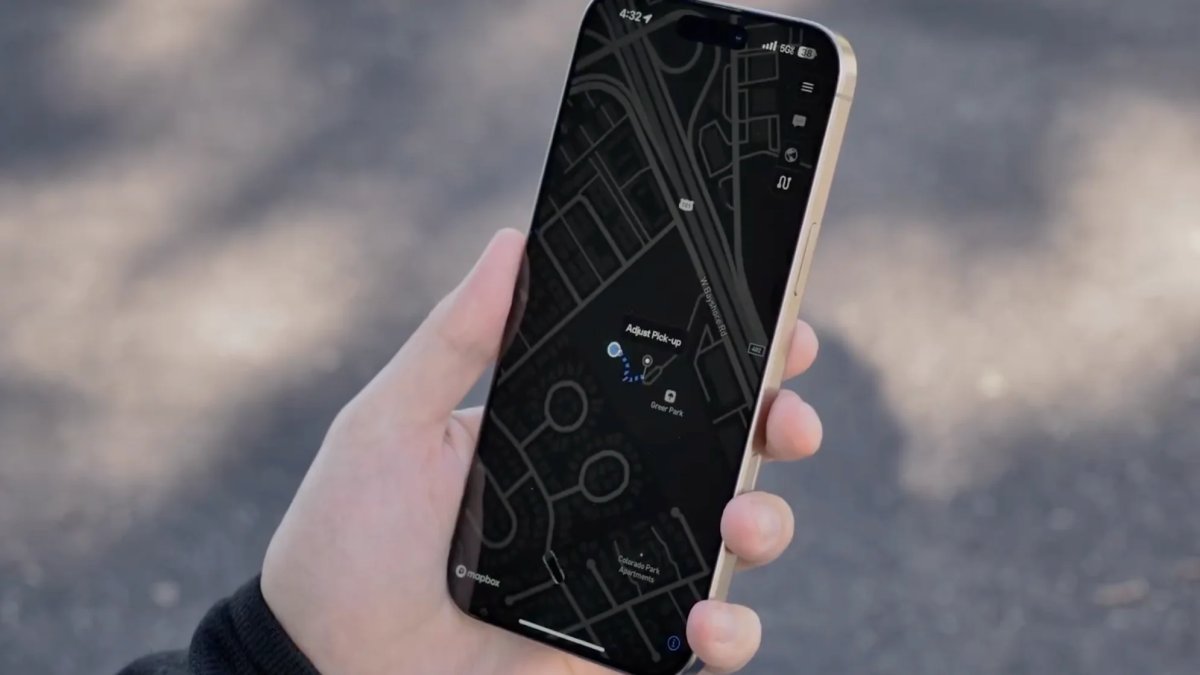
After the call, Tesla AI also shared a video showcasing the Robotaxi interface in the Tesla app, as well as some footage that included the in-vehicle UI, at least as it currently stands.
The video shows Tesla employees using and testing Robotaxi features, although there are safety drivers in place. It looks like there is already a set of well-integrated UI mechanisms for both the front and rear screen when in Robotaxi mode.
Tesla is testing this today, and this network has already completed 1,500 trips, totaling approximately 15,000 miles. The system is being tested for vehicle allocation, mission control, and remote assistance operations.
Remote Operators
Inevitably, edge cases or unique situations will come up, and they will be difficult to handle. For these cases, where a Robotaxi vehicle gets stuck or requires assistance, Tesla will likely implement remote support.
While they didn’t completely confirm remote support operators on the Earnings Call, Tesla has previously posted positions for Teleoperator Engineers for Robotaxi, and an AI T=team member posted on LinkedIn about testing for remote assistance operations.
Scaling Up
Tesla initially intends to deploy a relatively small fleet in Austin, with its pilot beginning with about 10 to 20 vehicles on day 1. They will scale up gradually as the systems are validated and operations are refined, and the target is for anyone visiting Austin to be able to hail a robotaxi by the end of June or early July 2025.
Scaling Out
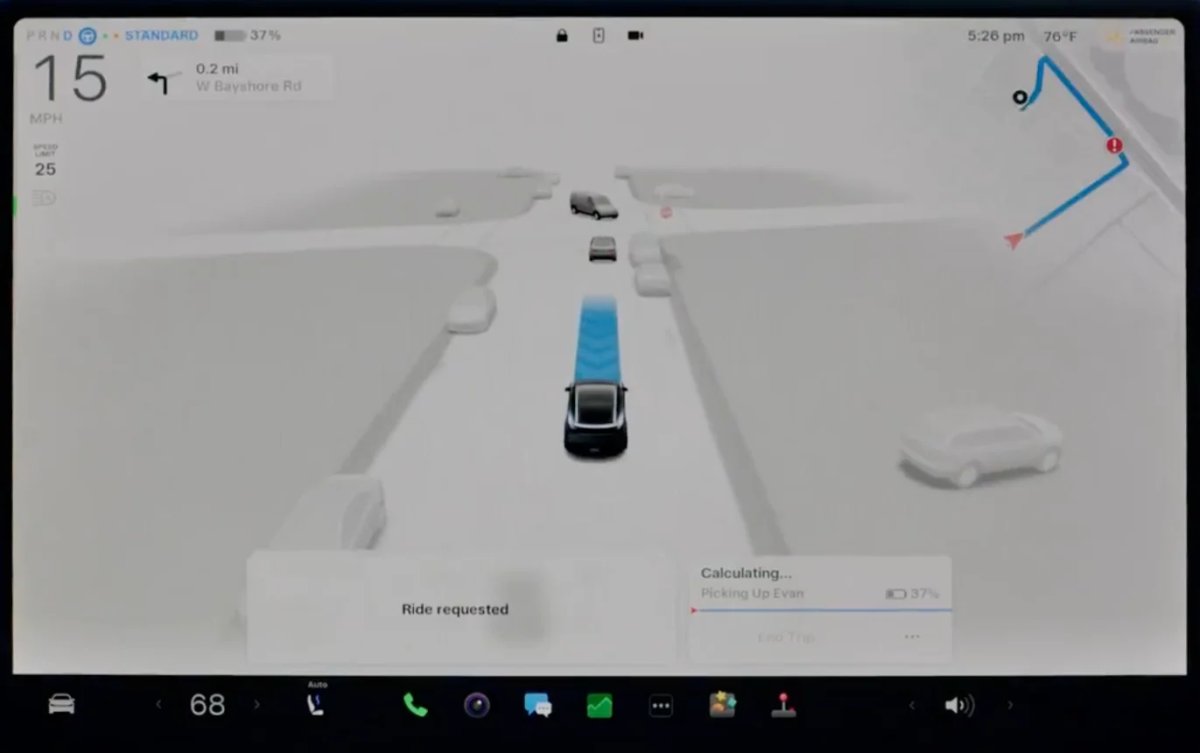
Tesla’s confidence in scaling out stems from its generalized approach with FSD. The team believes that once FSD is thoroughly verified and capable in a few diverse North American cities, deploying it to any other North American city should be technically feasible. After all, driving regulations don’t vary much from one major city to another, except for things like no right turns on red lights.
The primary limitation with scaling out geographically is expected to be securing regulatory approvals in different regions and jurisdictions. While the principles of Tesla’s FSD are expected to apply globally, as with the China rollout, regulation will continue to be a considerable hurdle.
Cybercab
FSD Supervised ride-hailing service is live for an early set of employees in Austin & San Francisco Bay Area.
— Tesla AI (@Tesla_AI) April 23, 2025
We've completed over 1.5k trips & 15k miles of driving.
This service helps us develop & validate FSD networks, the mobile app, vehicle allocation, mission control &… pic.twitter.com/pYVfhi935W
Tesla’s fully autonomous, two-seater vehicle, the Cybercab, is also being developed. While volume production for the Cybercab won’t begin until 2026, Tesla is already undergoing sample production validation. The first actual Cybercab builds are expected to be completed near the end of Q2 2025, and we’re excited to see if anything changes from the prototypes shown at We, Robot.
Tesla intends to build Cybercab at Giga Texas, and the production line is on schedule, according to Tesla. Cybercab production will not require a new building and will be built inside the existing Giga Texas factory.
Unboxed Method
Tesla's Shareholder Deck for Q1 2025 is now out, and we're 40 minutes away from the Earnings Call.
— Not a Tesla App (@NotATeslaApp) April 22, 2025
It seems Tesla won't be using the unboxed process for its more affordable model - which is a new vehicle.
Instead, they plan to use it for Cybercab soon! pic.twitter.com/0yddfWieJQ
The Cybercab’s production and low-cost methodology heavily rely upon Tesla’s innovative new unboxed manufacturing method. Tesla’s executive team mentioned that progress and implementation with this new manufacturing solution was going well, and it will be key to lowering the cost of production while considerably raising the level of automation.
Tesla has already achieved key milestones with this method, including successfully integrating large sub-assemblies and resolving challenges related to connecting portions of the vehicle's ceiling during the process. They have also successfully completed corrosion testing related to the new assembly method, as well as begun initial crash testing for the Cybercab.
All of that and more will eventually be incorporated into other vehicle production lines, and the Cybertruck is already benefiting from some aspects of these developments. With a final ambition of achieving a 5-second cycle time per Cybercab, Tesla has come a long way—but it still has quite a bit to go. They’ve managed to meet a 33-second cycle time for the Model Y at Giga Shanghai between two production lines, but 5 seconds per vehicle is quite ambitious.
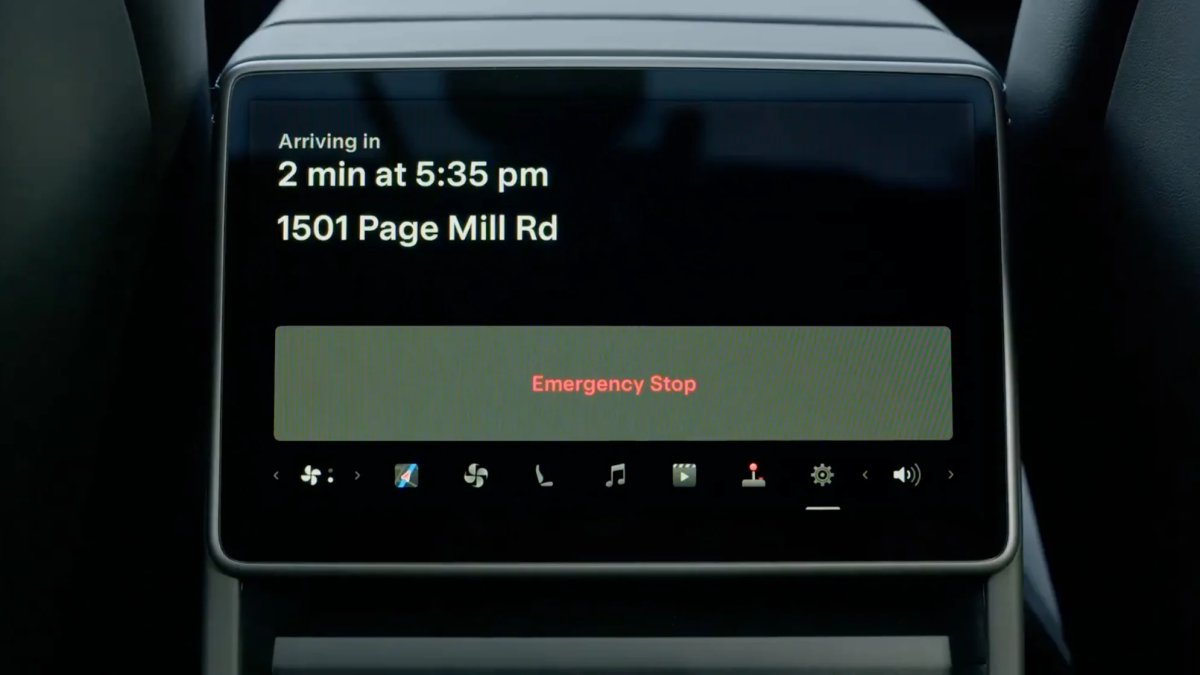
With all that said, between Robotaxi and Cybercab, there is a lot of interesting news coming from Tesla. We expect this to continue throughout the year as Tesla launches its network and then aims to release FSD Unsupervised to customers, with a potential price increase.











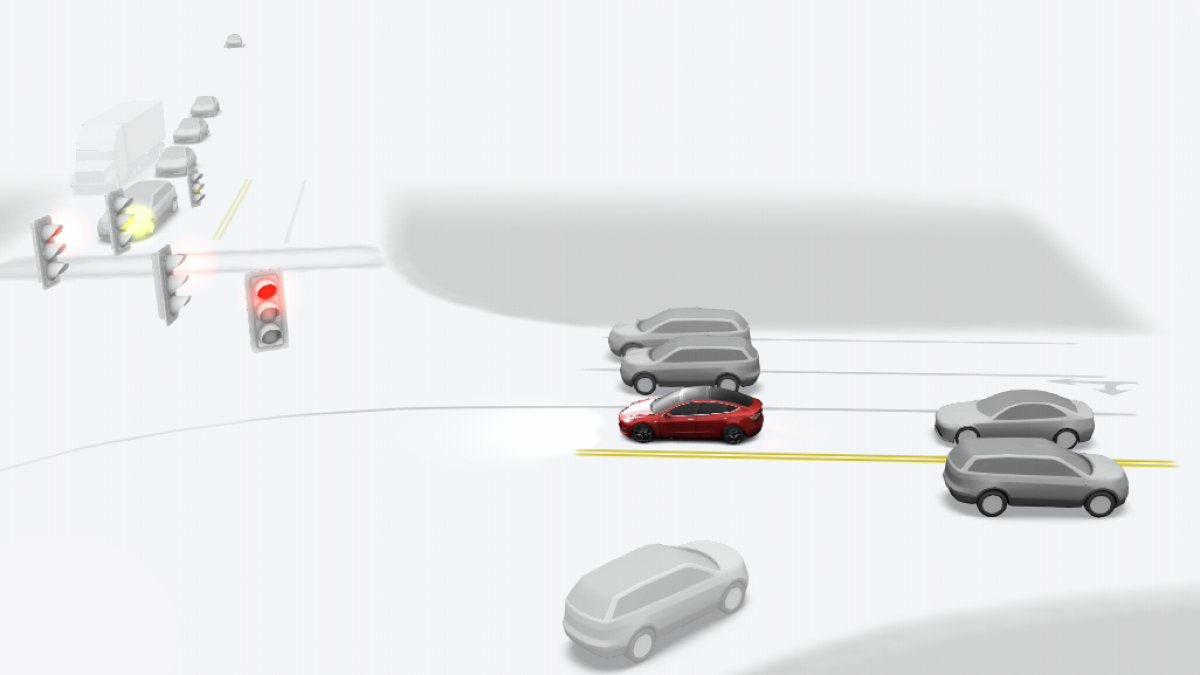
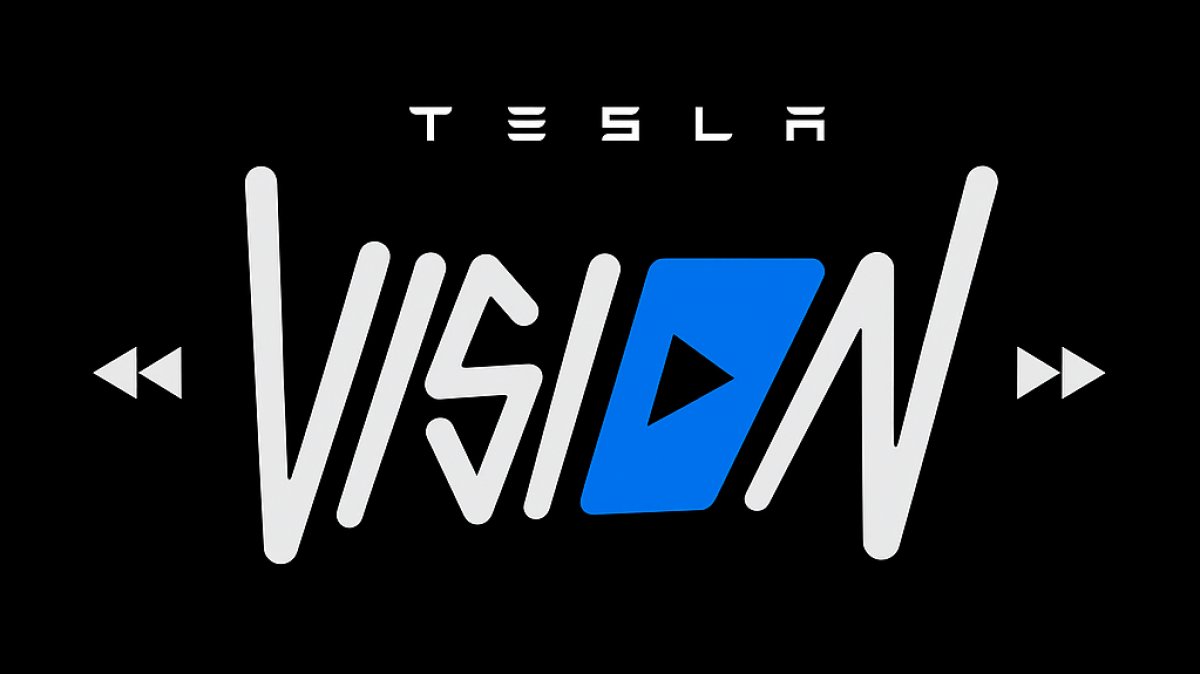

![Tesla Launches 'TeslaVision' Contest With Big Prizes — See Last Year’s Winner [VIDEO]](https://www.notateslaapp.com/img/containers/article_images/2025/tesla-vision.webp/0458df1c6ed085c427608f0cf762de64/tesla-vision.jpg)
![Tesla Officially Unveils New Model S and Model X: All the Changes [Photos]](https://www.notateslaapp.com/img/containers/article_images/2025/refresh_s_x_1.jpg/31a01e933ae496b97965b27db360f11b/refresh_s_x_1.jpg)

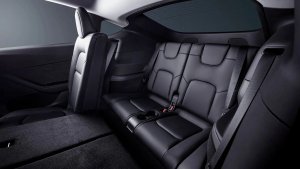
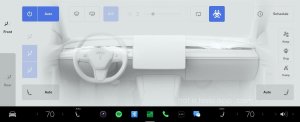
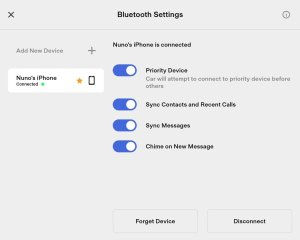
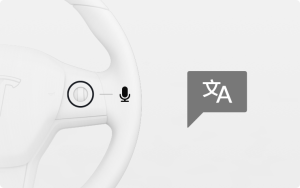
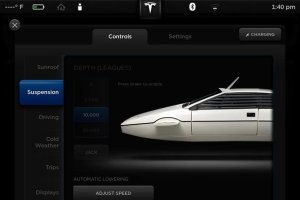
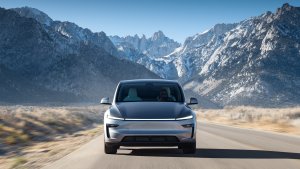
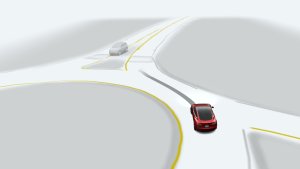
![Driverless Tesla Robotaxi Spotted on Camera in Austin [VIDEO]](https://www.notateslaapp.com/img/containers/article_images/robotaxi/robotaxi-public.webp/5ffd9ed0c2c7f9dbfee05decb1c19a2f/robotaxi-public.jpg)
![New Model Y Performance Hits Nürburgring -- Our Best Look yet at the Upcoming Performance Model [VIDEO]](https://www.notateslaapp.com/img/containers/article_images/model-y-2025/model_y_performance_front.webp/a1fc68836e87fa694d414637ec5278b5/model_y_performance_front.jpg)
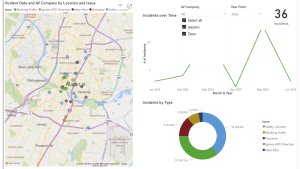
![Tesla Update 2025.20 Adds Multiple Camera Improvements [VIDEO]](https://www.notateslaapp.com/img/containers/article_images/tesla-screen/camera-toggle-wide.jpeg/cc9bd521da6a6d31af3812c1def70725/camera-toggle-wide.jpg)
